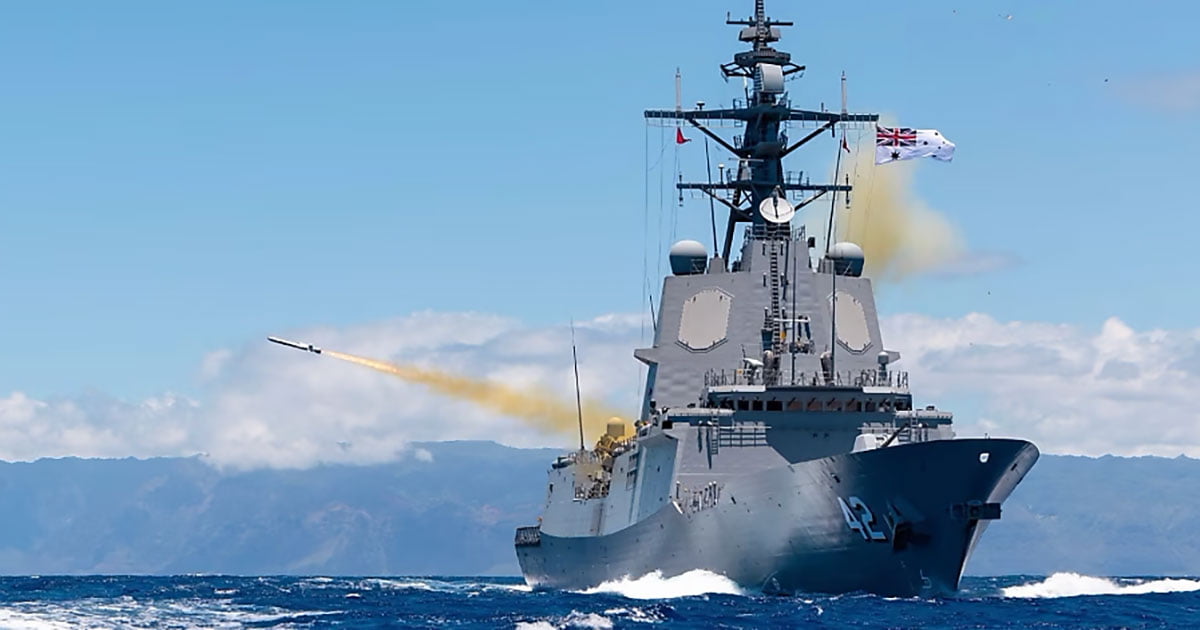The Platform Engineering design effort of this project was led and completed by the Navantia Australia Naval Design and Engineering Centre (DEC) in Melbourne. Significant collaboration was undertaken between Navantia Australia and Raytheon Australia, the DDG System Program Office, the DDG Managing Contractor, the Kongsberg Defence and Aerospace, and the SEA 1300 Project Office.
Speaking at the recent Indian Ocean Defence and Security Conference in Perth, the Chief of Navy of the Royal Australian Navy, Vice Admiral Mark Hammond, praised the rapid integration of this capability into the DDGs, stating that the NSM integration is the “… the fastest introduction into service of long-range missile capability in our Navy today.”
Jamie Gibbs, Chief Operations Officer for Navantia Australia, said that there was no shortage of hurdles on this extremely accelerated task, and some international time zone differences did not provide great benefit.
“The engineering effort conducted by our teams in the DEC alone, and in collaboration with organizations in Australia and abroad, was notably completed in less than 18 months. This is a testament to the work ethic, collaboration, and determination of Navantia Australia’s sovereign engineering design capability to ensure this important lethality could be deployed by the Royal Australian Navy.
“All who contributed to this project should be very proud of their efforts throughout the project. This represents a step change capability not only for the Hobart Class but also for the capabilities of Navantia Australia and the work we do to provide such upgrades to our RAN,” said Mr. Gibbs.
Navantia Australia is the Design Authority for the Hobart class Guided Missile Destroyers and is responsible for maintaining the design integrity of the ship’s baseline configuration. Technology transfer of the Hobart Class and the over one million hours of effort that went into adapting the F-100 design for Australian requirements in 2018 is the largest, most valuable transfer of intellectual property in the history of the Australian defense industry by any company to date.
Having control and ownership of this intellectual property in Australia through Navantia Australia provides sovereign control over the future development of Australia’s naval capability. Being able to use this intellectual property while drawing on Navantia’s centuries of experience provides Australia with the best opportunity to build its own sovereign industry.

